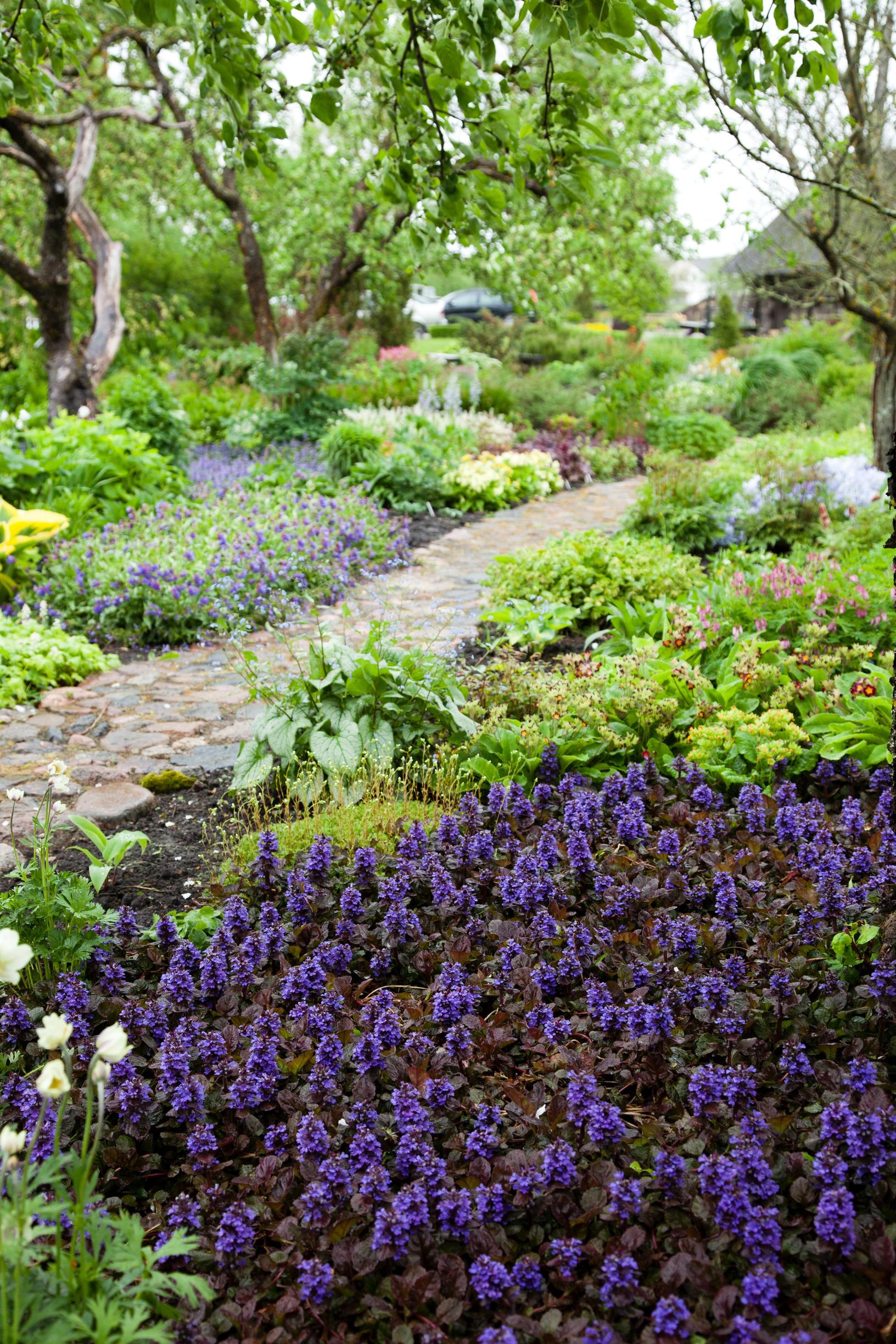
Groundcover plants: 20 species for creating a lush, easy-care garden
These groundcover plants efficiently cover the soil with lush growth. Pick the most appealing groundcover plants for your yard and enjoy an easy-care garden!
Groundcover plants: 10 perennial groundcover options
Hostas Hosta sp.
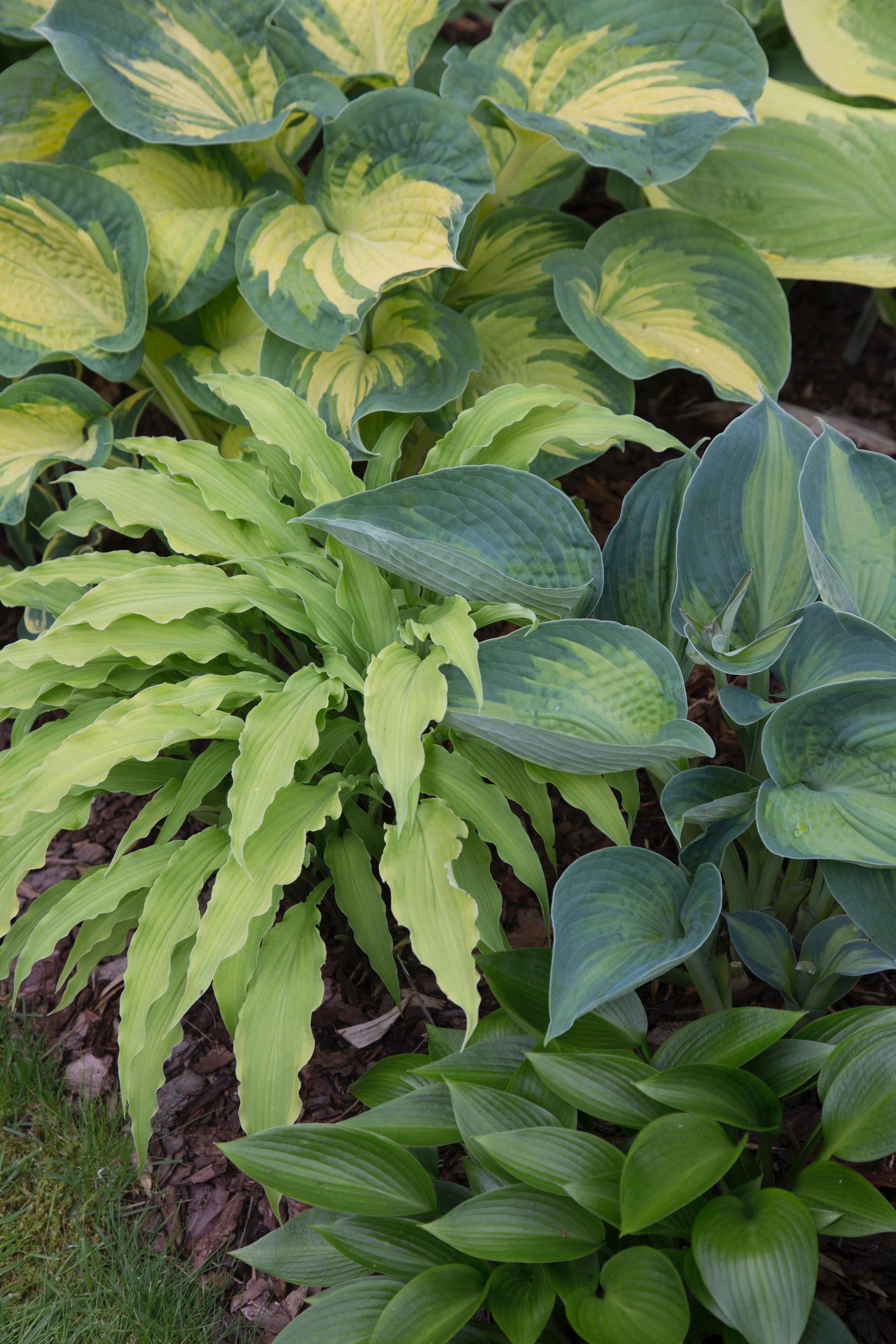
Hostas are excellent groundcover plants because their clumps form dense mounds that thoroughly cover the soil. They’re also easy-care, hardy shade perennials. Their stylish foliage adds color and character to the garden.
Hostas do best in nutrient-rich clay or loamy soil that remains sufficiently moist. Keep in mind that they emerge late in spring, so be patient as you wait for the leaves to appear.
Height: 40–90 cm, depending on the variety
Light requirement: partial shade to shade
Bloom time: June to September, depending on the variety
Rock cranesbill Geranium macrorrhizum
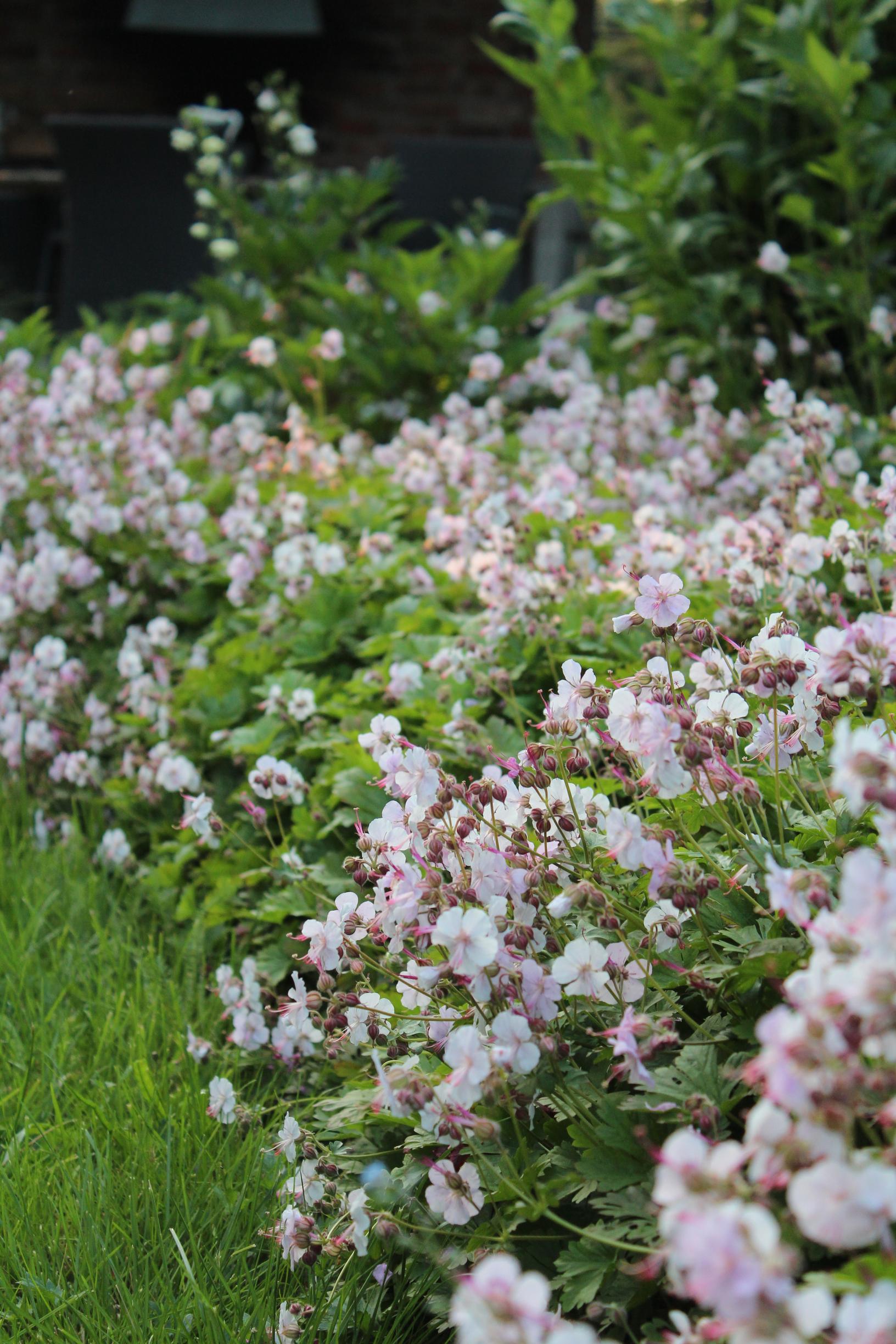
You’ll be hard-pressed to find a simpler garden plant than rock cranesbill. It thrives in many locations and spreads readily via its stolons. The foliage is so dense that nothing else can grow beneath it. If you use it as a groundcover plant, avoid planting delicate species too close to it.
Height: 20–30 cm
Light requirement: sun to shade
Bloom time: June to August
Lamb’s ear Stachys byzantina
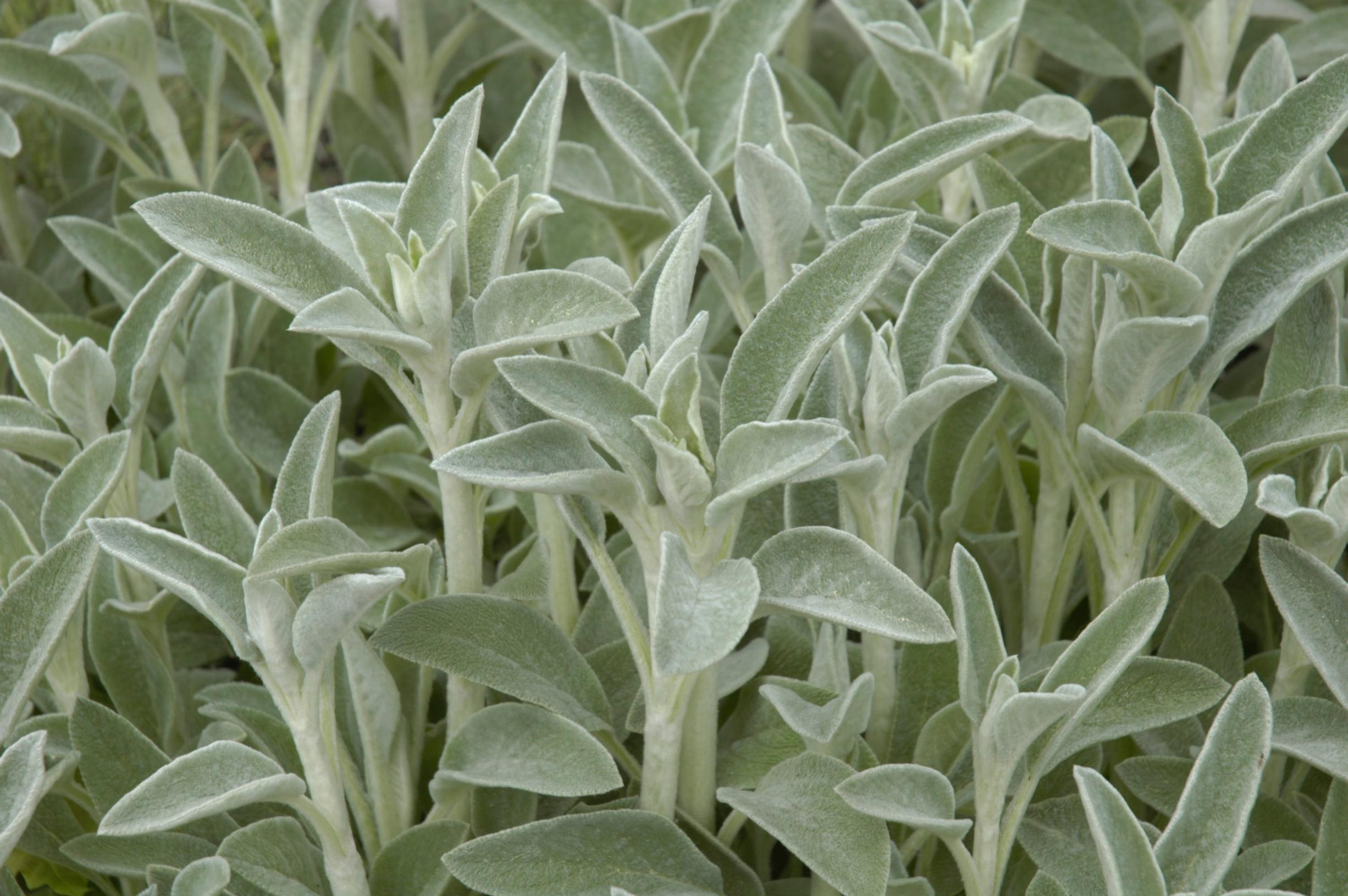
Lamb’s ear is ideal for a sunny spot with sandy soil next to colorful plants. It blooms in July–August, but if you prefer it short, cut off the flower stalks. If the growth develops bare patches, divide and replant.
Height: 30–35 cm
Light requirement: sun
Bloom time: July–August
Common periwinkle Vinca minor
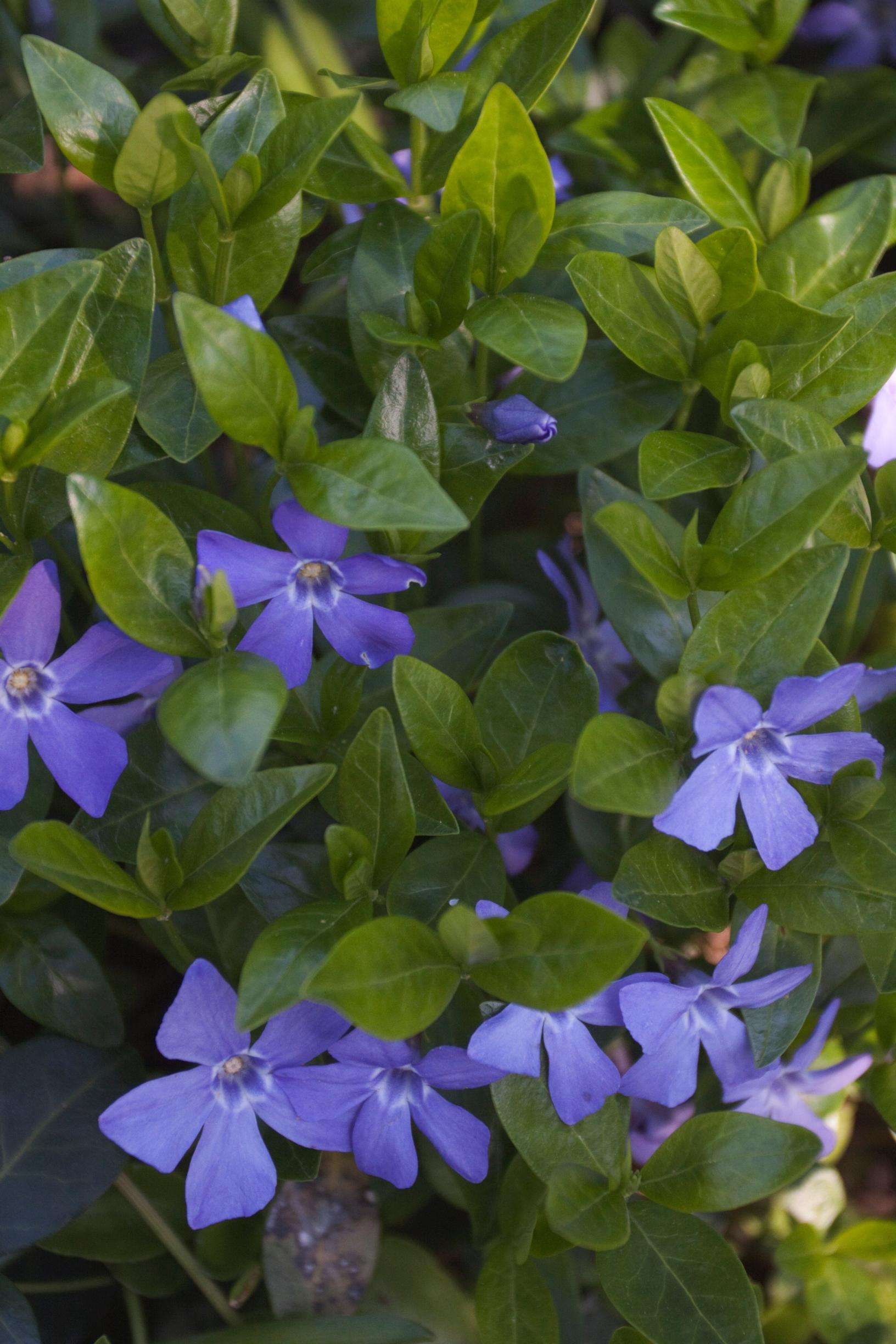
Common periwinkle is a wonderful choice for covering the floor of a woodland-style yard. It quickly takes over large areas. Its blue blossoms and evergreen foliage are definite highlights. It’s perfect as groundcover under rhododendrons: the dense periwinkle growth covers the soil and protects the shallow rhododendron roots from winter cold.
Height: 10–15 cm
Light requirement: partial shade to shade
Bloom time: May–June
Lily of the valley Convallaria majalis
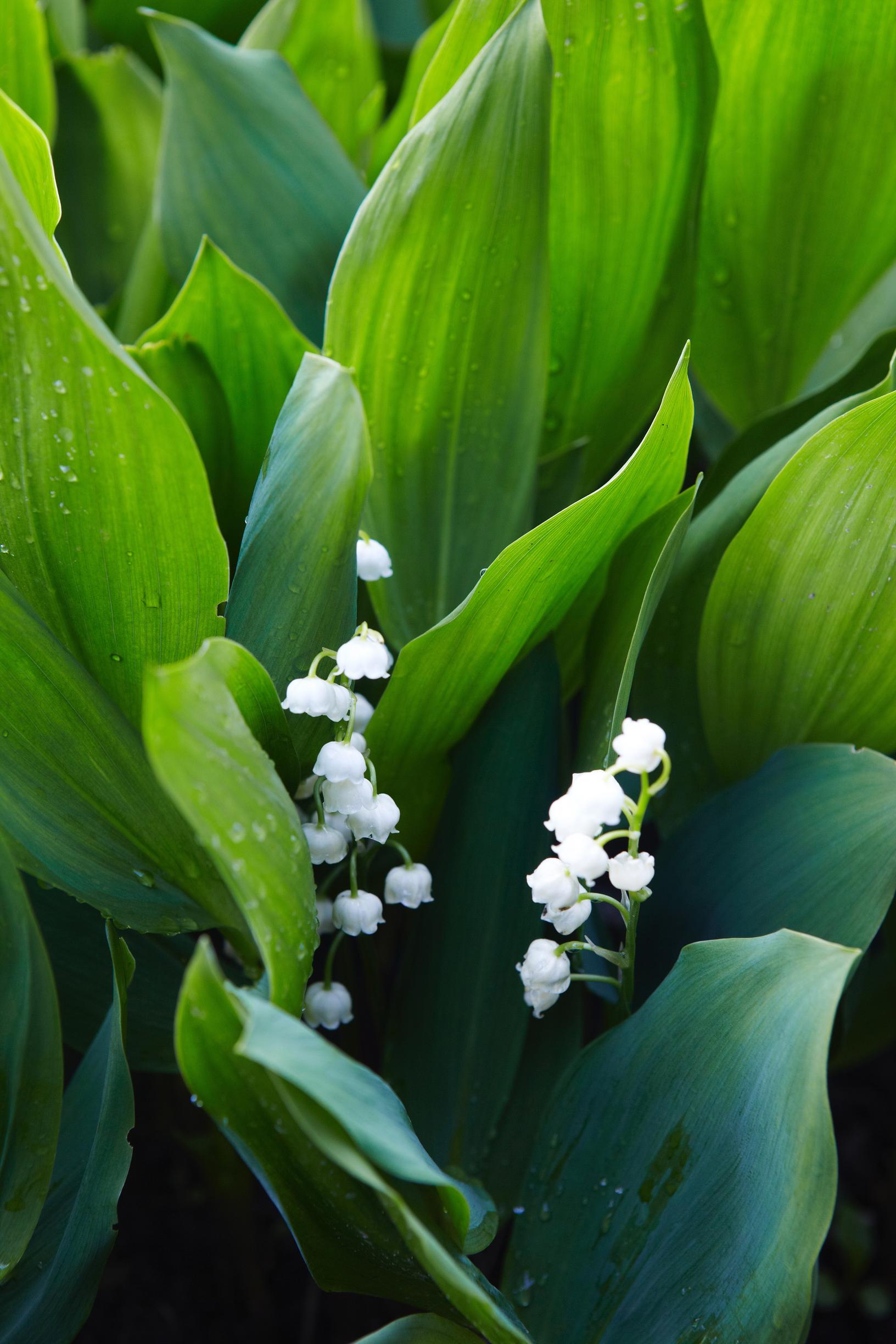
We don’t usually think of lily of the valley as a groundcover, but it does the job well with its wide leaves. It’s especially useful under trees and large shrubs in shady spots prone to weeds. The plant spreads quickly by way of horizontal rhizomes, so it’s easy to divide and spread wherever needed.
Height: 15–30 cm
Light requirement: partial shade to shade
Bloom time: May–June
Creeping navelwort, Omphalodes verna
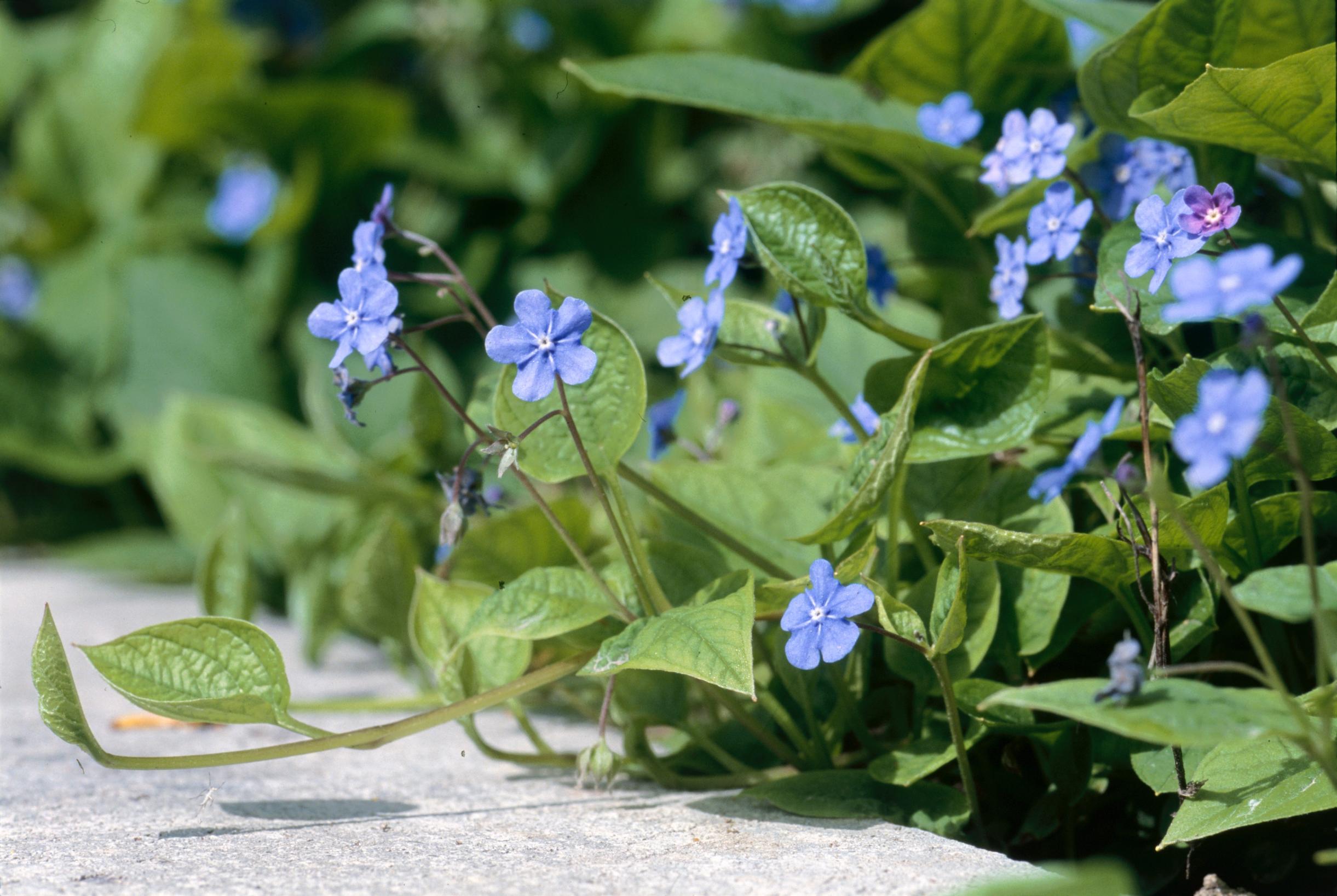
A sky-blue carpet of blooms sounds wonderful, and it truly is! Plant creeping navelwort where grass won’t thrive in shady problem areas. Creeping navelwort spreads by both seeds and runners along the ground. It prefers garden soil that holds moisture.
Height: 10–20 cm
Light requirement: partial shade to shade
Bloom time: May–June
Lady’s mantle Alchemilla mollis
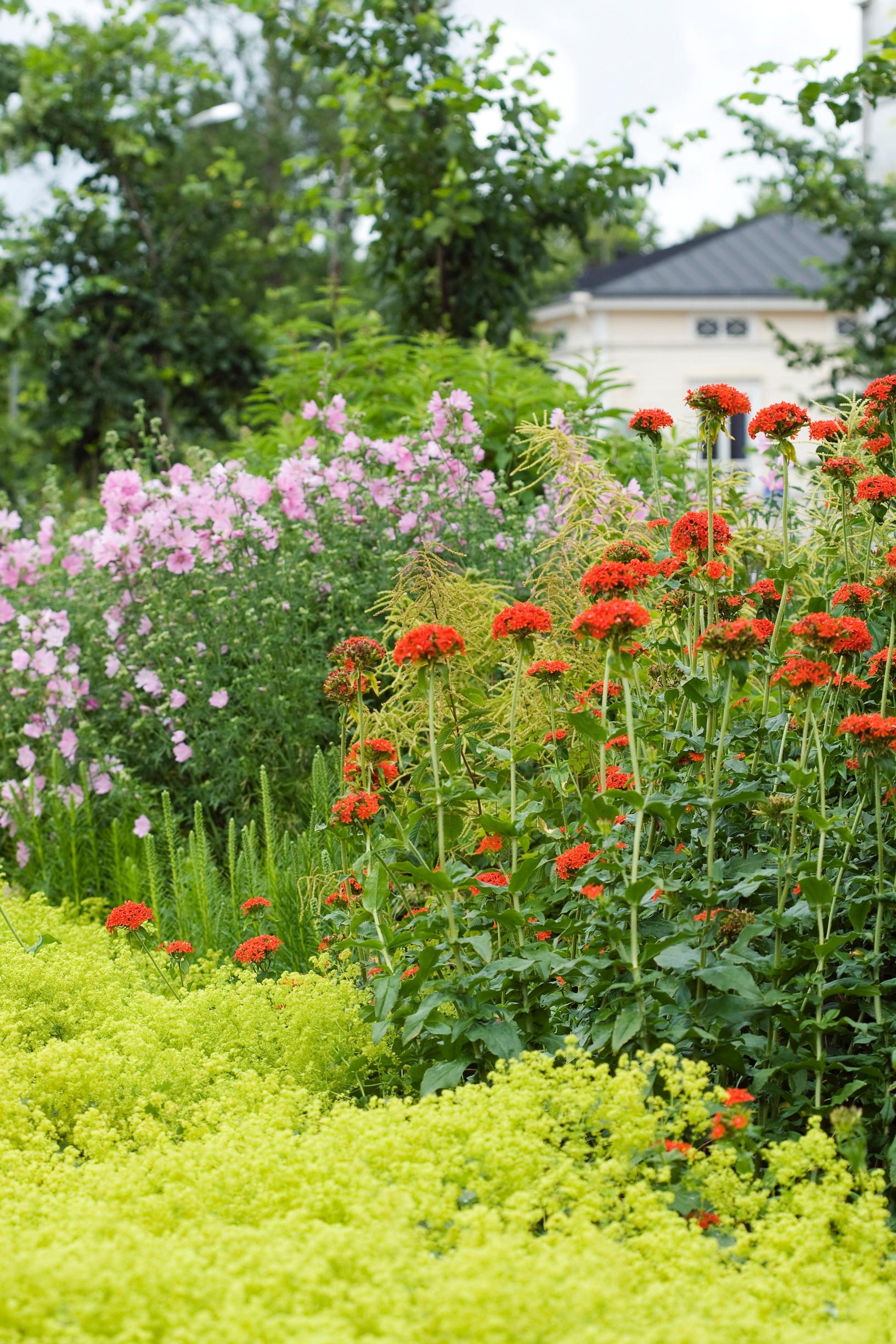
Lady’s mantle forms dense clumps. Its round, scalloped leaves collect morning dew, making the plant look even more striking as a groundcover. It self-seeds, so you may find small seedlings around it.
Be aware that lady’s mantle spreads readily and is listed as a watch-list invasive species or invasive species in some areas. It must be handled carefully to keep it from escaping into the wild. Avoid growing lady’s mantle especially in northern regions and near rivers and streams.
Height: 30–40 cm
Light requirement: sun to partial shade
Bloom time: June to September
Yellow archangel Lamium galeobdolon
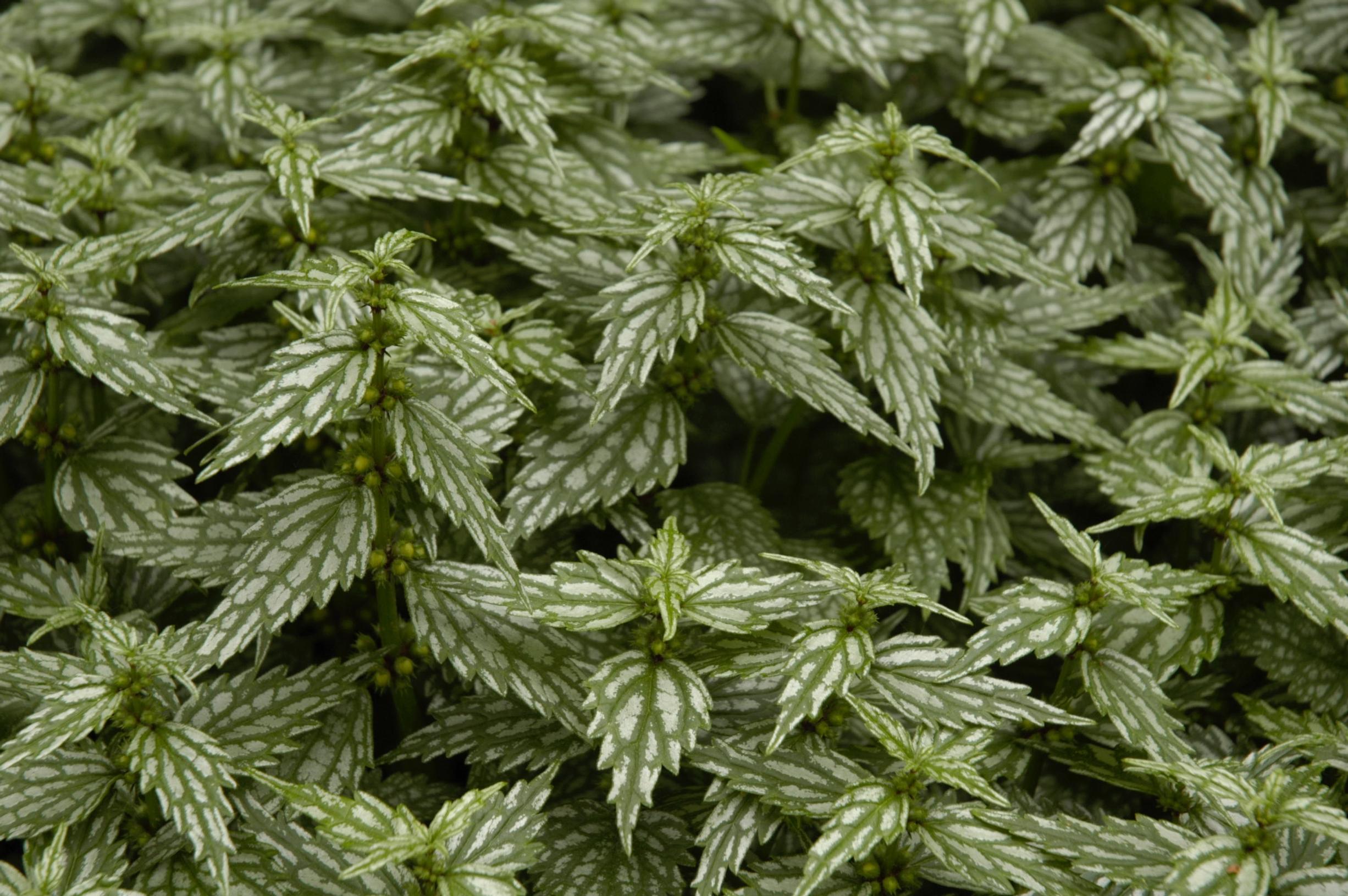
Because yellow archangel grows so vigorously, it’s ideal under shrubs as a groundcover plant. Delicate perennials may be overtaken by it. It thrives in regular garden soil that holds moisture and requires no special care.
Height: 20–30 cm
Light requirement: partial shade to shade
Bloom time: June
Bugleweed Ajuga reptans
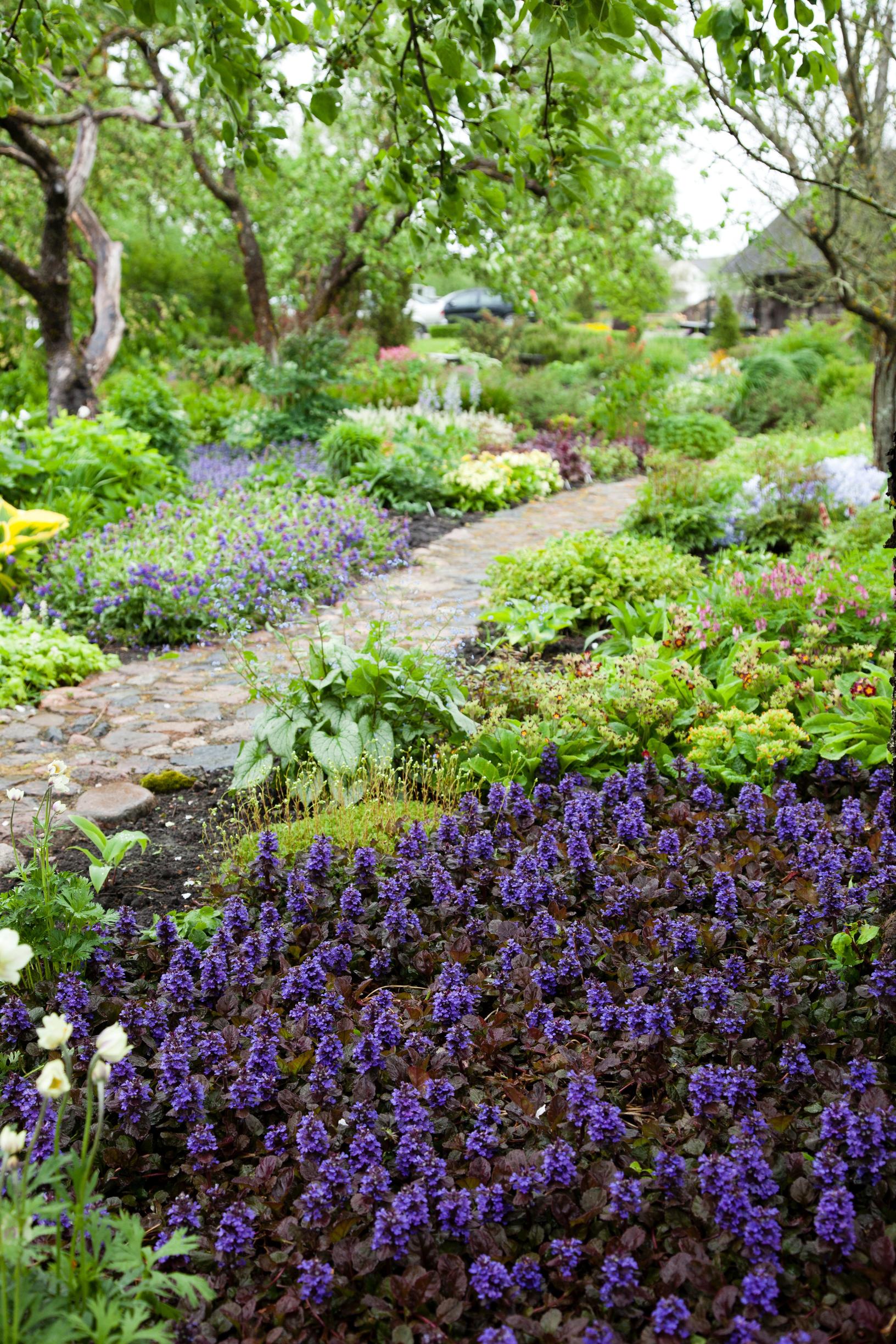
Bugleweed isn’t fussy about growing conditions. It can even thrive in fairly dry spots as a rockery plant. The sunnier the location, the darker its foliage becomes. It spreads quickly through runners, forming a dense mat.
Height: 10–35 cm
Light requirement: sun to partial shade
Bloom time: May–July
Creeping Jenny Lysimachia nummularia
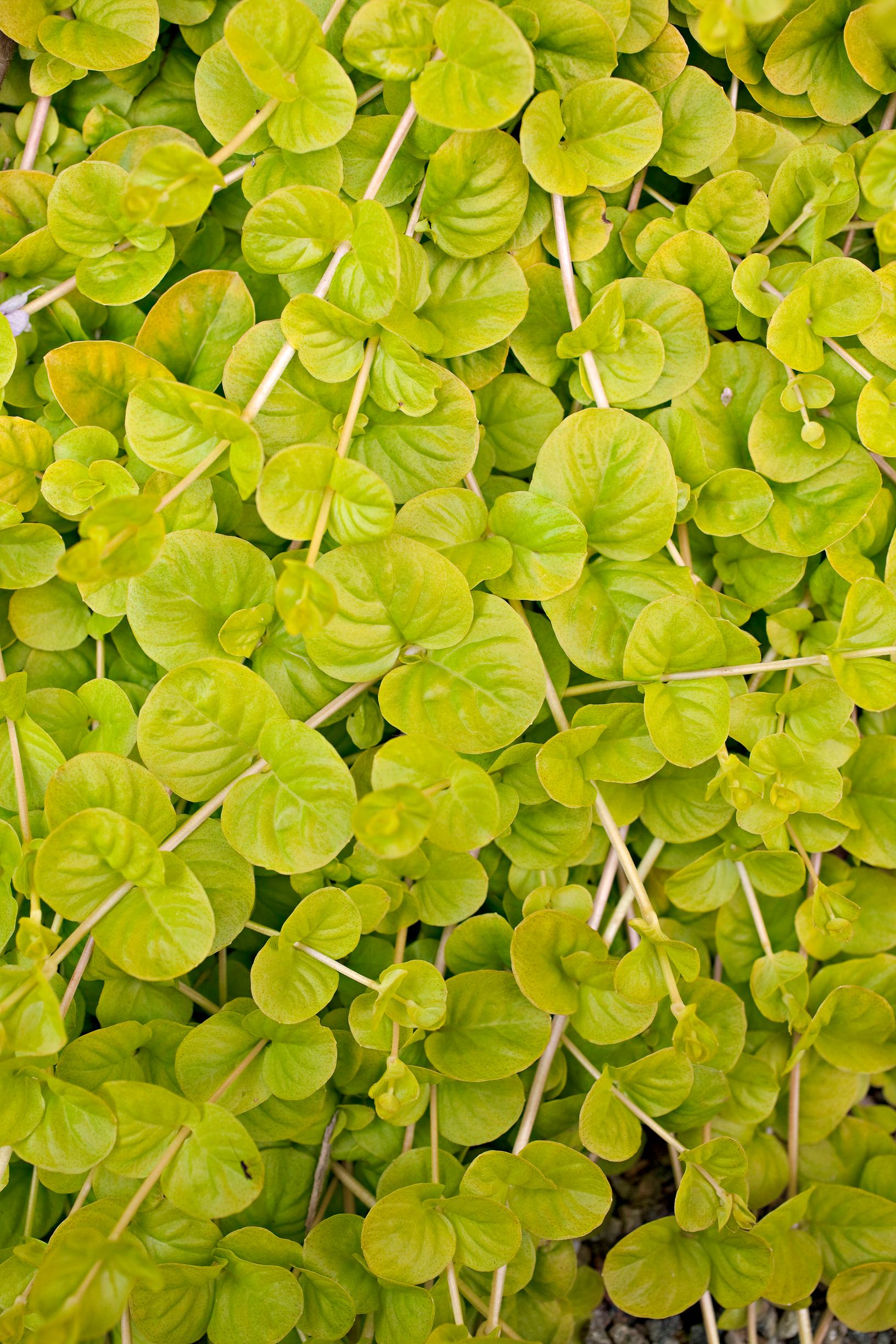
Creeping Jenny grows very low but spreads quickly. It does best in partial shade or shade in clay or loamy soil that retains moisture. The yellow-leaf variety is especially striking in shade, where its glow brightens dark corners.
Height: 5–10 cm
Light requirement: partial shade to shade
Bloom time: July–September
Groundcover plants: 10 shrubs and vines for groundcover
Beauverd spirea Spiraea beauverdiana ‘Lumikki’
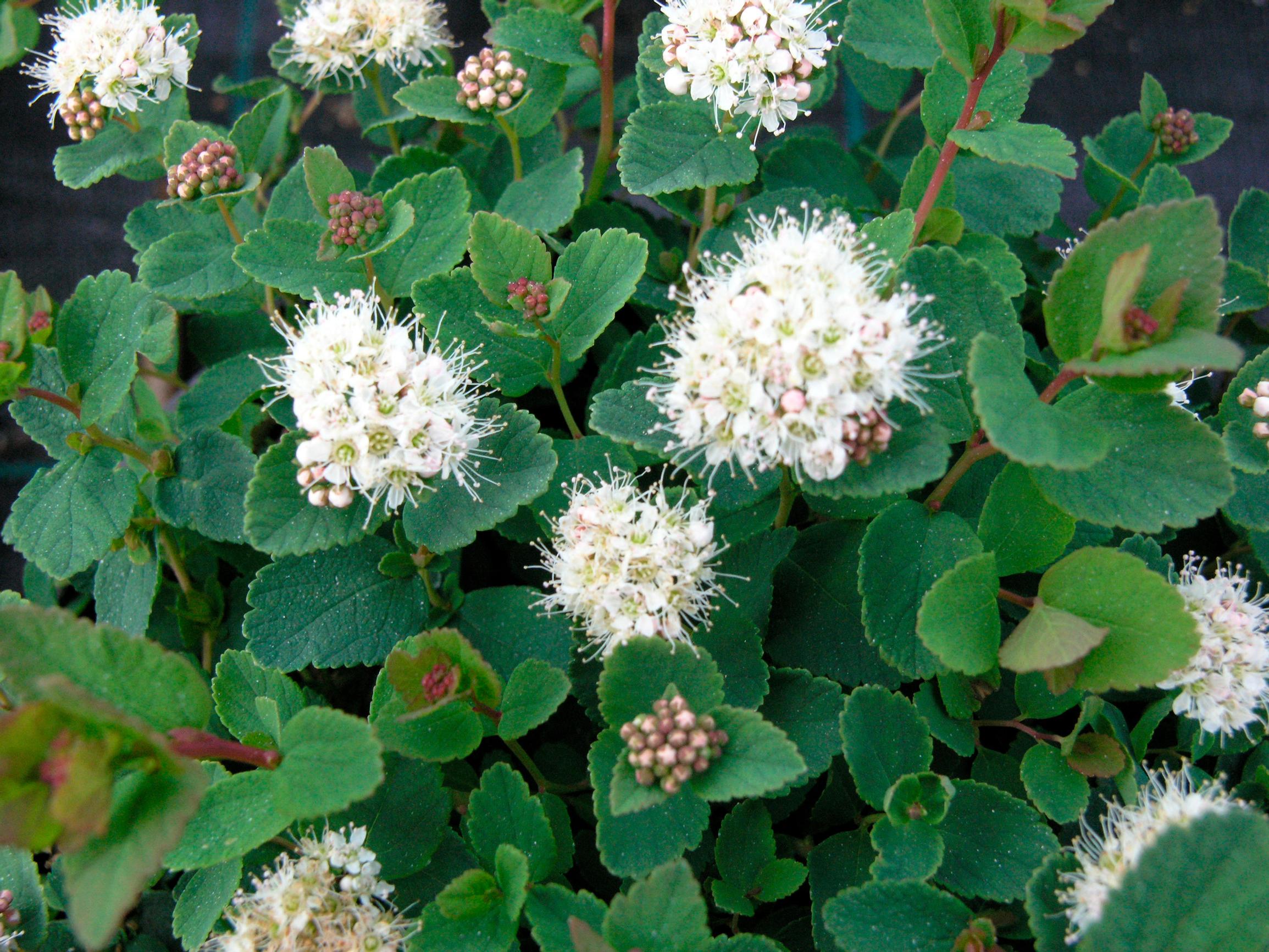
Beauverd spirea is a good choice for a somewhat dry rock garden but it also thrives in normal garden soil. Its dense, mounding growth looks great alongside rock-garden plants. Prune in spring if needed, as it blooms on new growth.
Hardiness zone: I–V(VI)
Height: 50 cm
Light requirement: sun to partial shade
Bloom time: June–July
Cutleaf stephanandra Stephanandra incisa ‘Crispa’
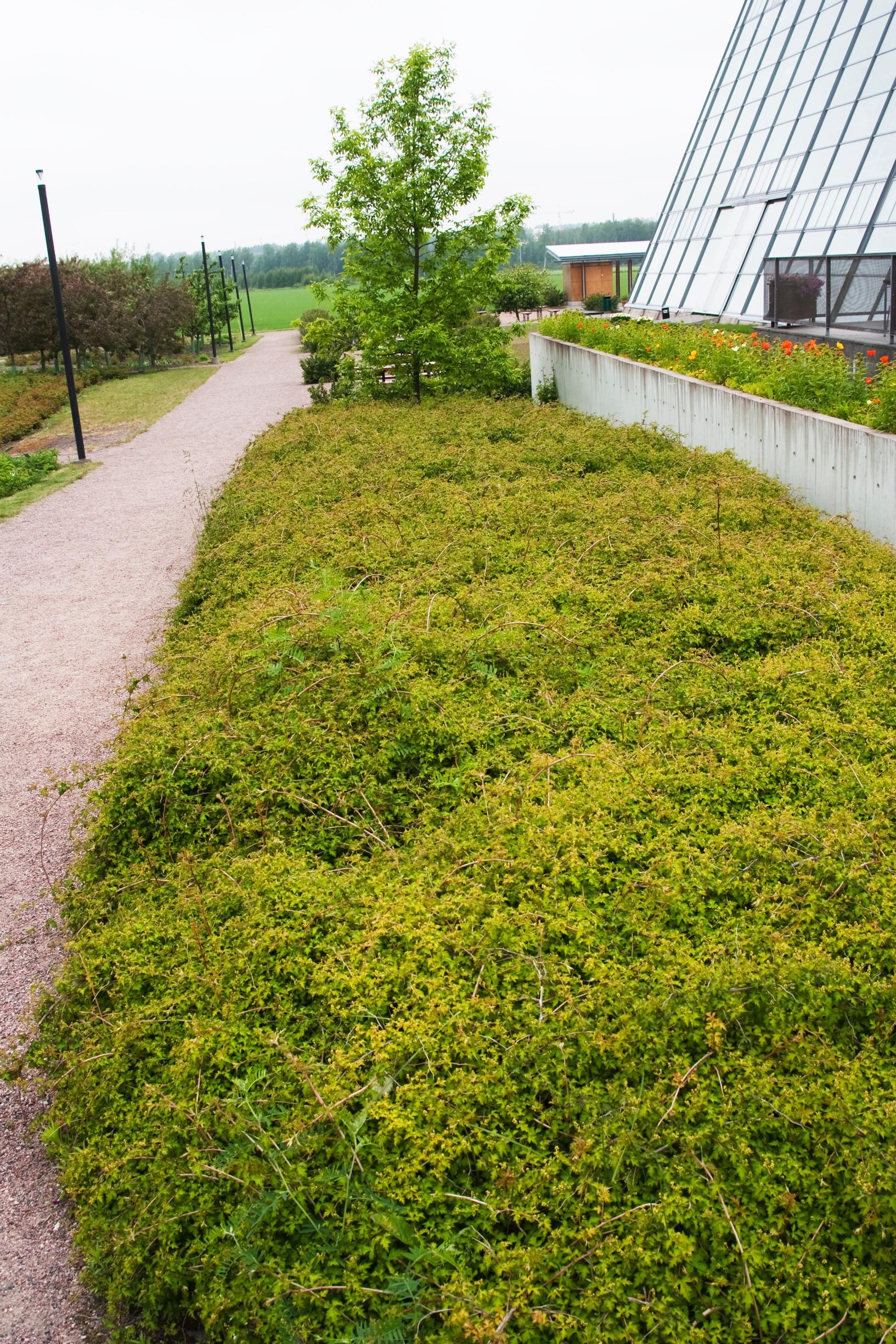
Plant cutleaf stephanandra in well-draining sandy garden soil so water won’t collect around its roots over winter. If some branches freeze, prune them in spring. The stems root at the joints, forming a very dense colony.
Hardiness zone: I–IV
Height: 30–50 cm
Light requirement: sun to partial shade (shade)
Bloom time: July–August
Siberian carpet cypress Microbiota decussata
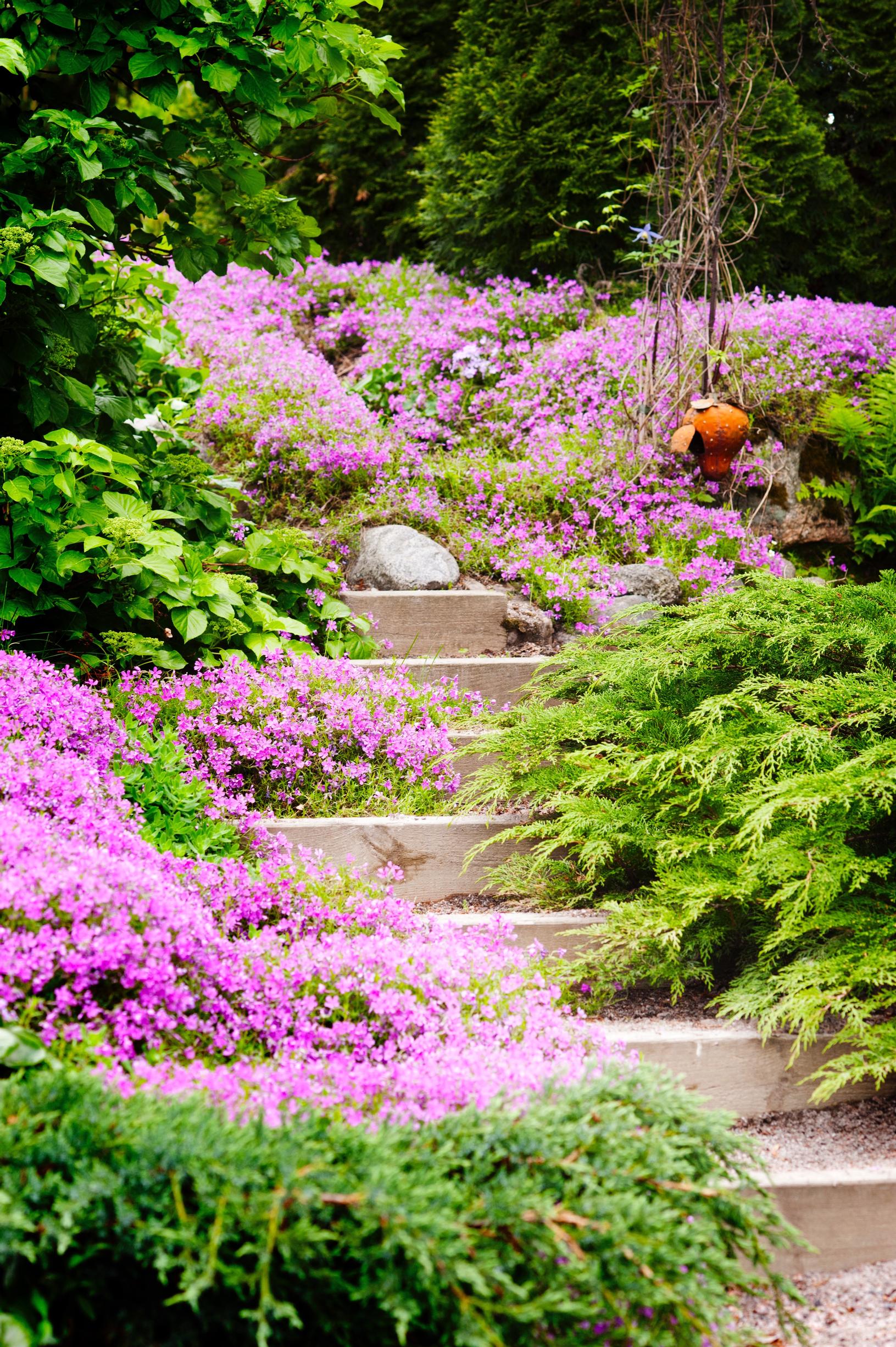
Siberian carpet cypress stays green in summer and turns a coppery color in winter, so don’t assume it’s dead. In spring, it greens up again. It’s a great groundcover for a conifer bed or rock garden and works well on slopes when you need a low, dense cover.
Hardiness zone: I–VI
Height: 30–40 cm
Light requirement: sun to partial shade
Rockspray cotoneaster Cotoneaster horizontalis

Rockspray cotoneaster isn’t the hardiest option, but its feather-like growth habit is worth noting. Plant it as a focal point in a sunny raised bed so water doesn’t pool around its roots in winter. Its stems become covered with flowers, followed by red berries.
Hardiness zone: I–II
Height: 20 cm
Light requirement: sun to partial shade
Bloom time: June
Skunk currant Ribes glandulosum
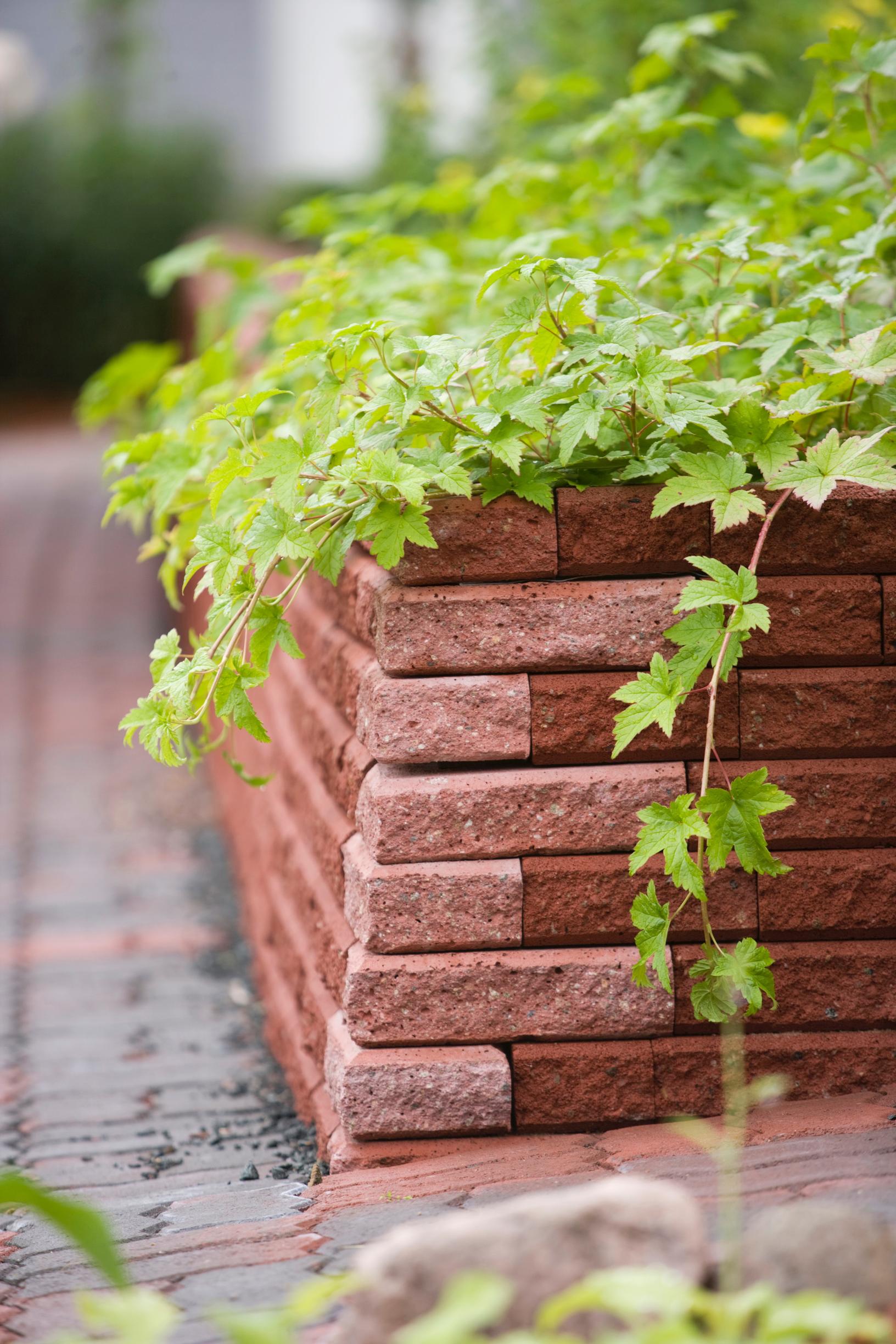
Skunk currant doesn’t demand much in terms of location, so it’s truly an all-purpose plant. It covers a wide area, sometimes with branches reaching up to one and a half meters from the base. It requires no special care. Prune the stems if they get scraggly.
Hardiness zone: I–VI
Height: 30–50 cm
Light requirement: sun to shade
Bloom time: May–June
Flaky Juniper (Juniperus Squamata)
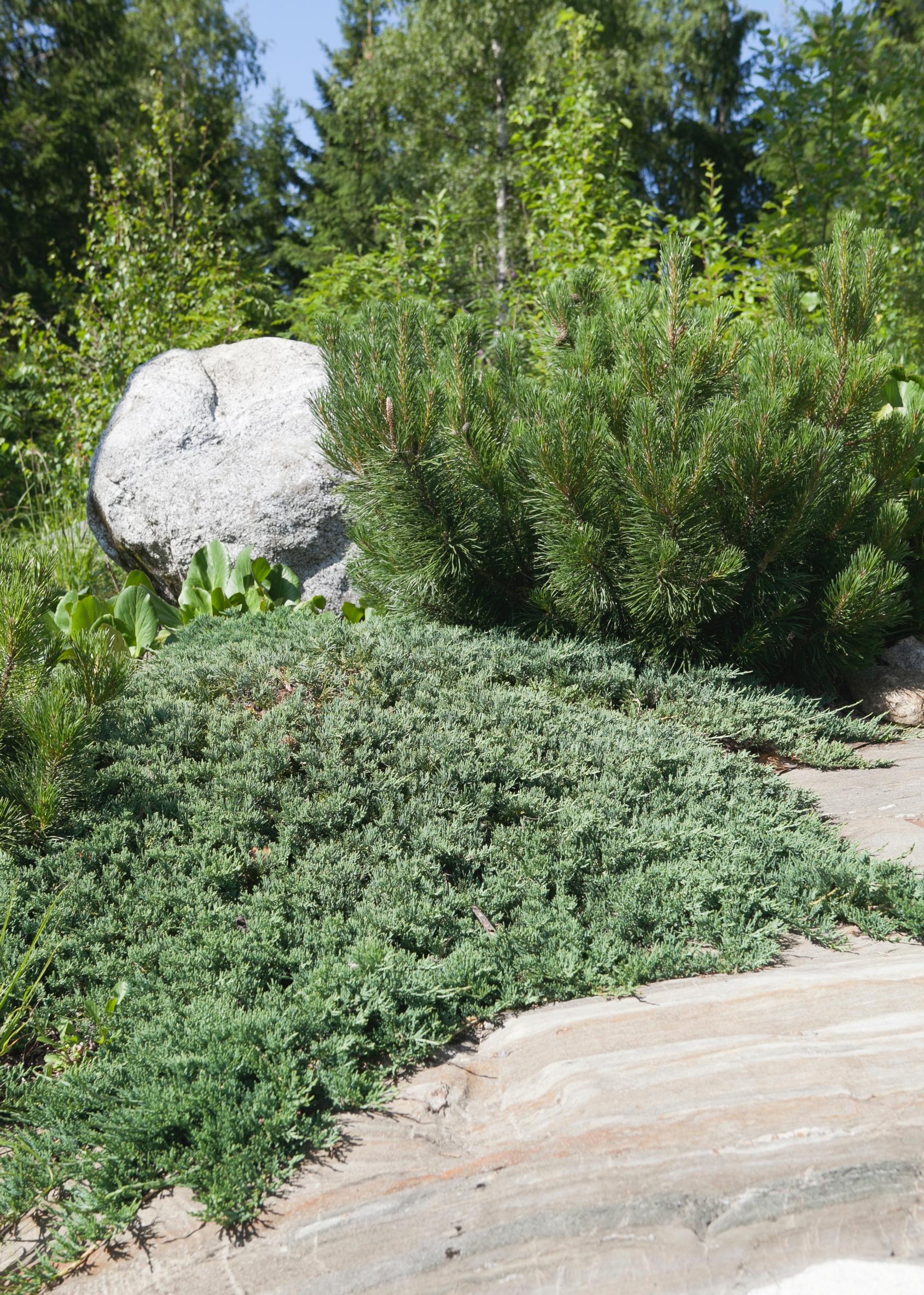
Commonly sold varieties include ‘Blue Carpet’ and ‘Blue Star.’ Plant them in soil that drains well, so water doesn’t stand around the roots in winter. They tolerate normal garden conditions, neither loving nor disliking lime. Combine them with other low-growing evergreens or colorful rockery plants.
Hardiness zone: I–II(III)
Height: 25–40 cm
Light requirement: sun
Sand cherry Prunus pumila var. depressa
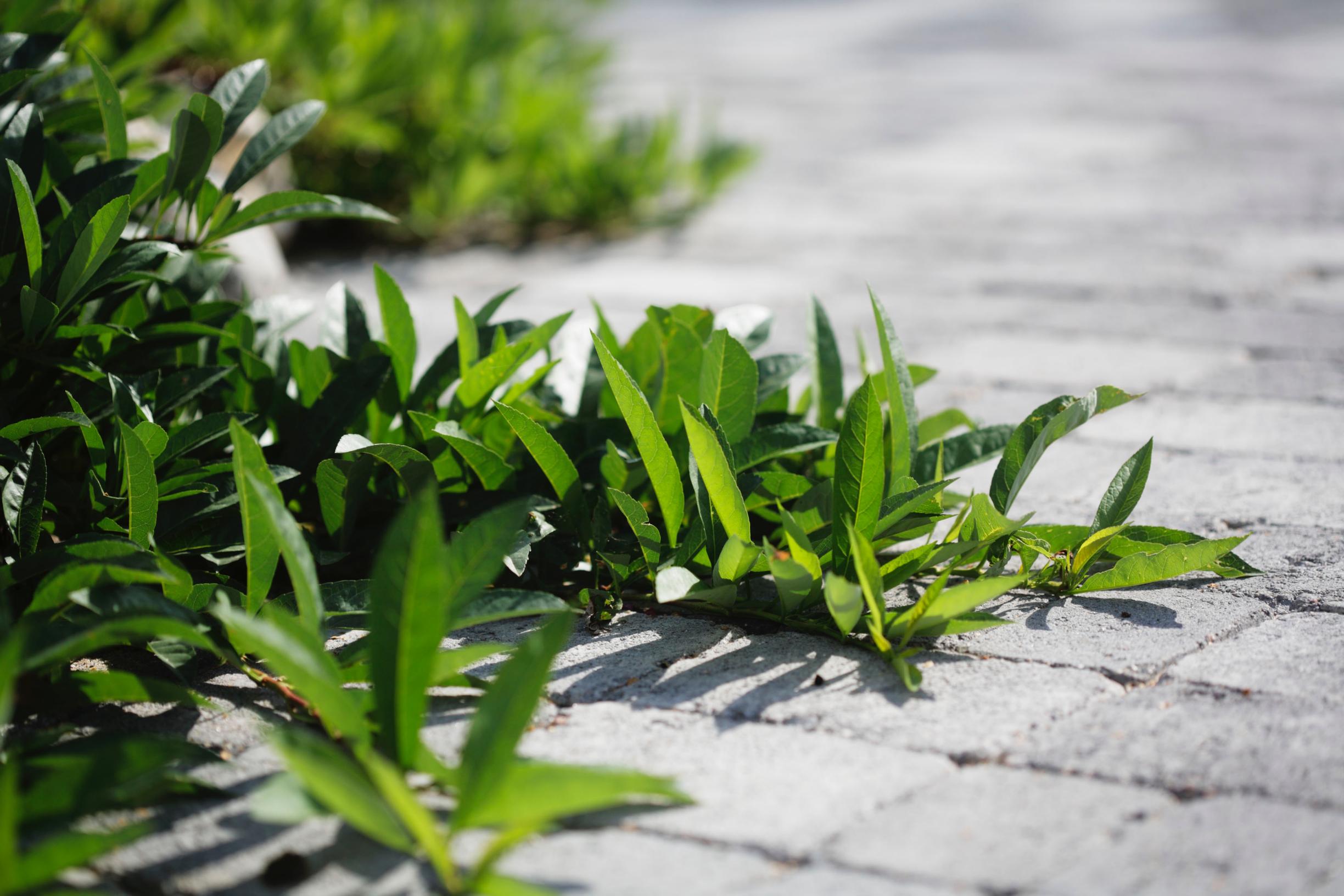
Sand cherry has shiny leaves that develop brilliant fall colors. Its appealing spring bloom adds further ornamental value. This is a great groundcover for slopes or banks. Plant seedlings in mulched soil so they establish well and aren’t outcompeted by weeds.
Hardiness zone: I–VI
Height: 20–30 cm
Light requirement: sunny
Bloom time: May–June
Japanese spirea Spiraea japonica ‘Lilly’
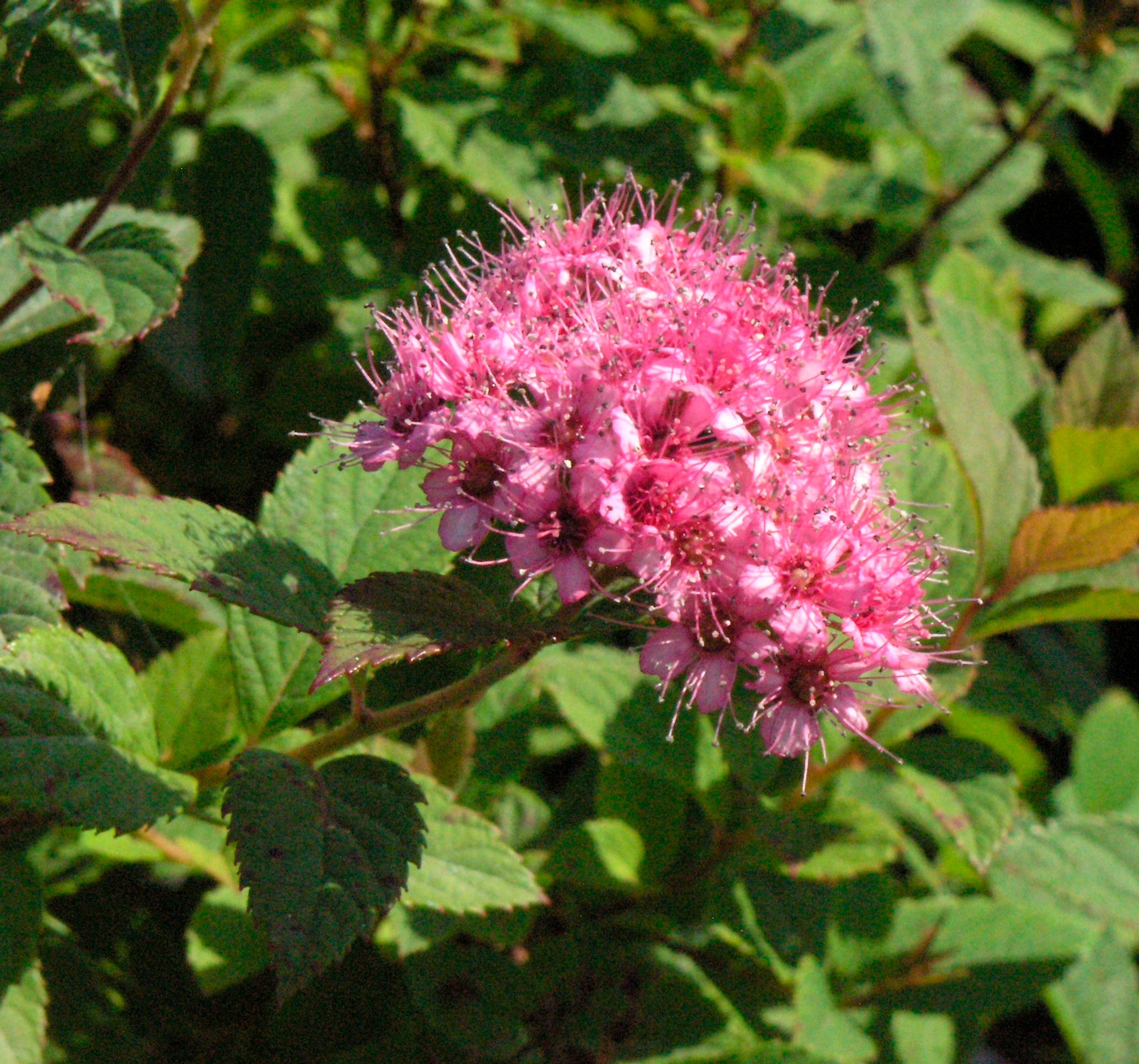
If you need a slightly taller groundcover, plant Japanese spirea. Its lush stems bear bright pink flower clusters and turn a gorgeous reddish-yellow in fall. A large grouping works well on a gentle slope, where it can cover the ground beautifully.
Hardiness zone: I–IV(V)
Height: 70–80 cm
Light requirement: sun to partial shade
Bloom time: June–July
Climbing hydrangea Hydrangea anomala subsp. petiolaris
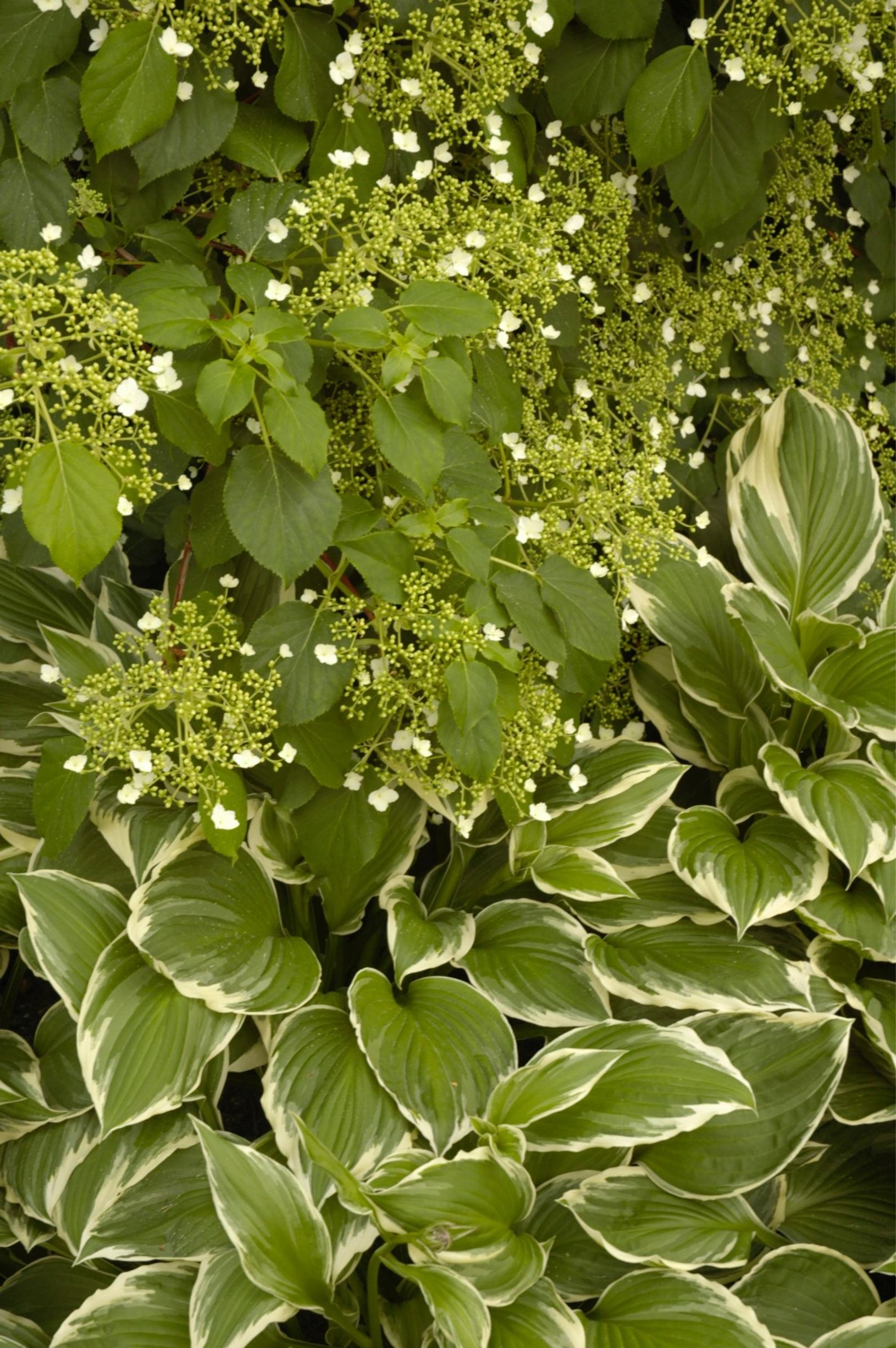
Although climbing hydrangea is typically grown upward, you can also use it as a groundcover. It grows slowly at first, but once established, it can cover large areas since the vines can reach ten meters in length. In fall, it turns a lovely yellow.
Hardiness zone: I–III(IV)
Height: 30–40 cm (when used as a groundcover)
Light requirement: partial shade to shade
Bloom time: July–August
Virginia creepers Parthenocissus sp.
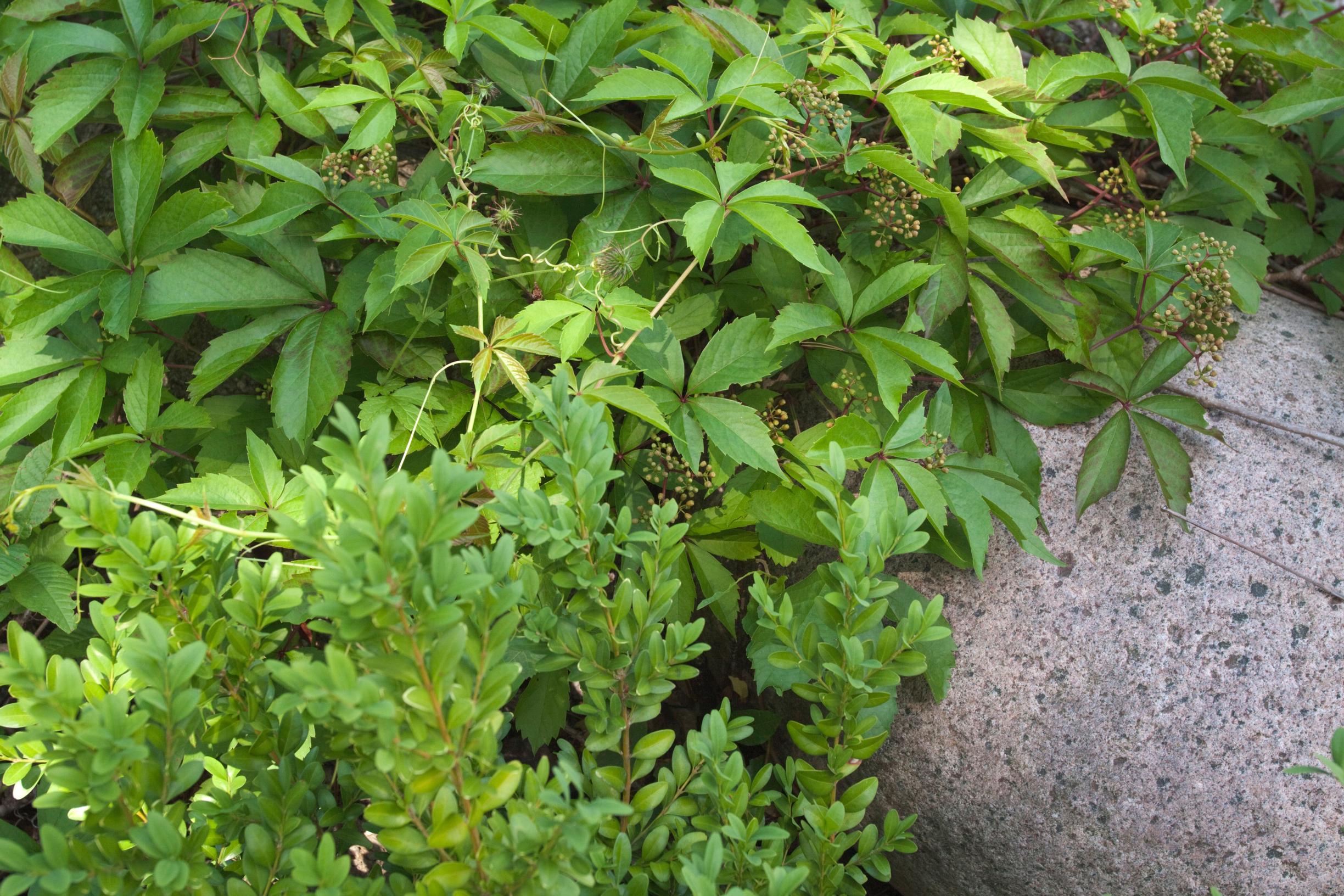
Virginia creepers are usually grown vertically, but you can also use them as groundcover if needed. Their vines root along the ground, forming a dense cover. They do well from full sun to shade, so there are plenty of spots in the garden where they can flourish.
Hardiness zone: I–V
Height: 40–50 cm (when used as groundcover)
Light requirement: sun to shade
Bloom time: July


